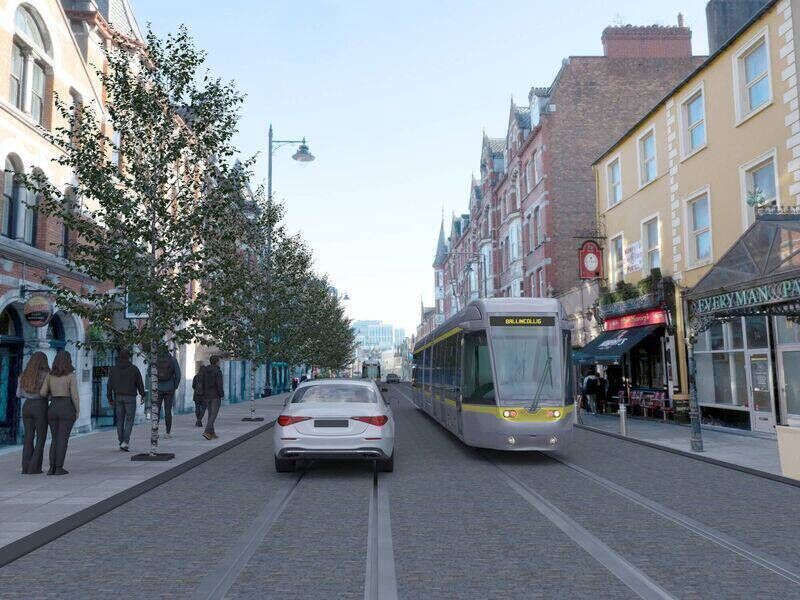Cork City Council chief outlines bold vision for the docklands and cultural quarter
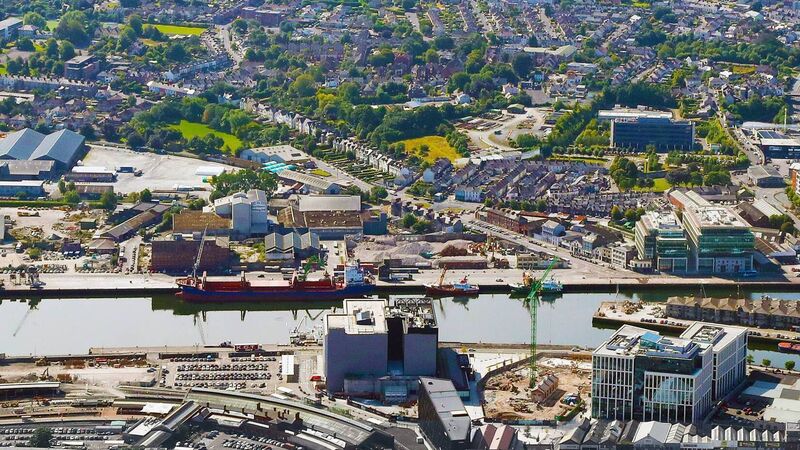
A panoramic aerial shot of the docklands area of Cork taken mid April 2025
A new cultural quarter on South Main St, optimism around delivering homes for 25,000 people in the docklands, and a belief that the Counting House would be "fantastic as a library" are some of the key targets of the new head of Cork City Council.
In her first comprehensive interview as the local authority’s second female chief executive, Valerie O’Sullivan said: "There’s a window of opportunity that exists for Cork now to do things and to do them right, and we have to walk through it.
"In a lot of ways, it’s kind of now or never."
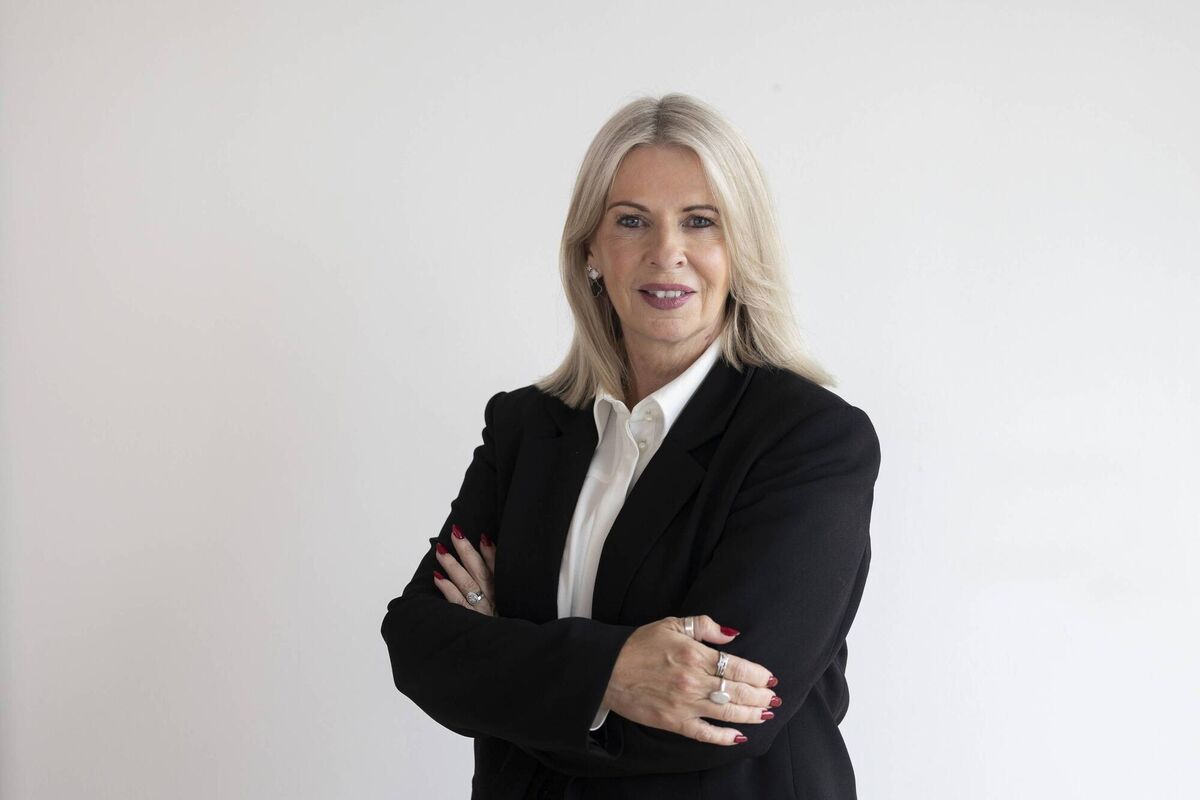
I believe it will get going yes, the AHB and John Cleary are always engaged with us to enable that to happen. Yes, I do believe that will get going.
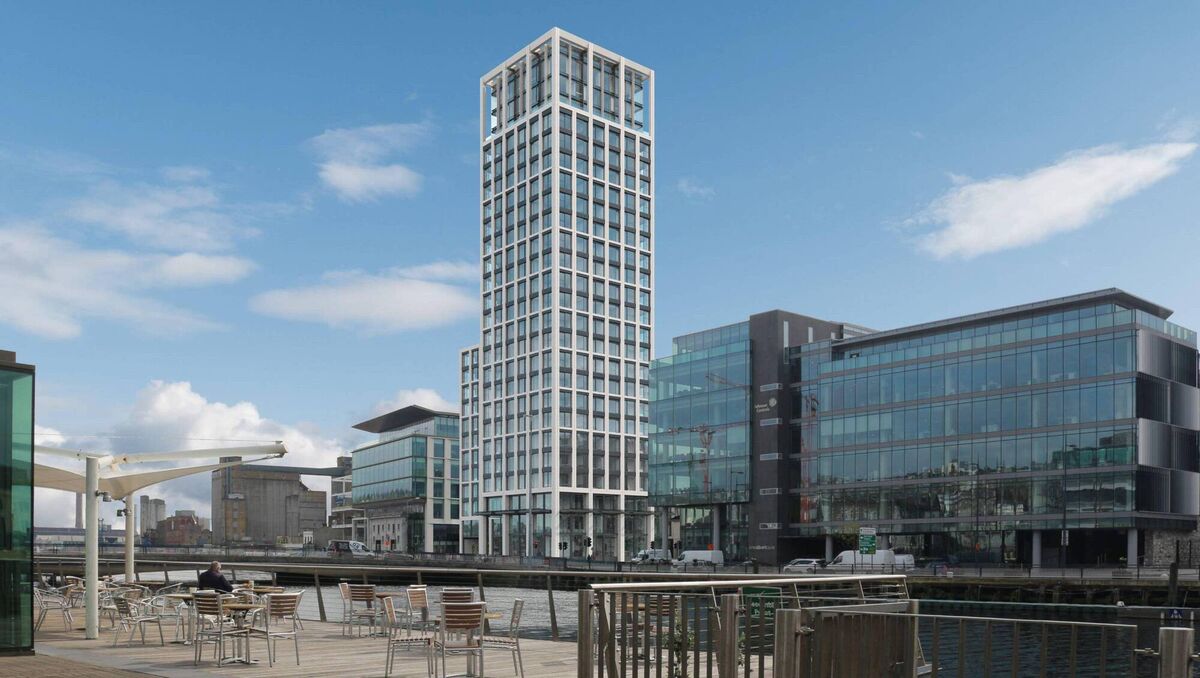
I couldn’t be happier, really, at this point in time. My priority is to secure the maximum investment in Cork and to secure it now because the growth is coming. We are meeting our population targets, our jobs targets. People want to live here, work here, invest here and there’s no point in coming unless these investments have been made in the city.
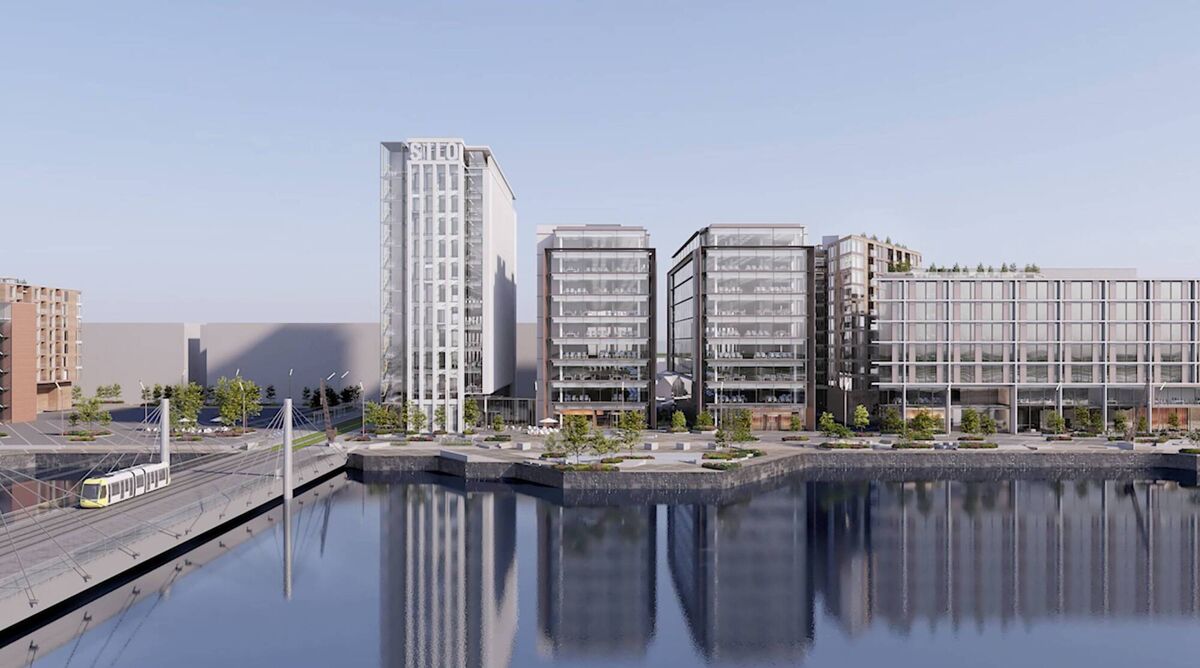
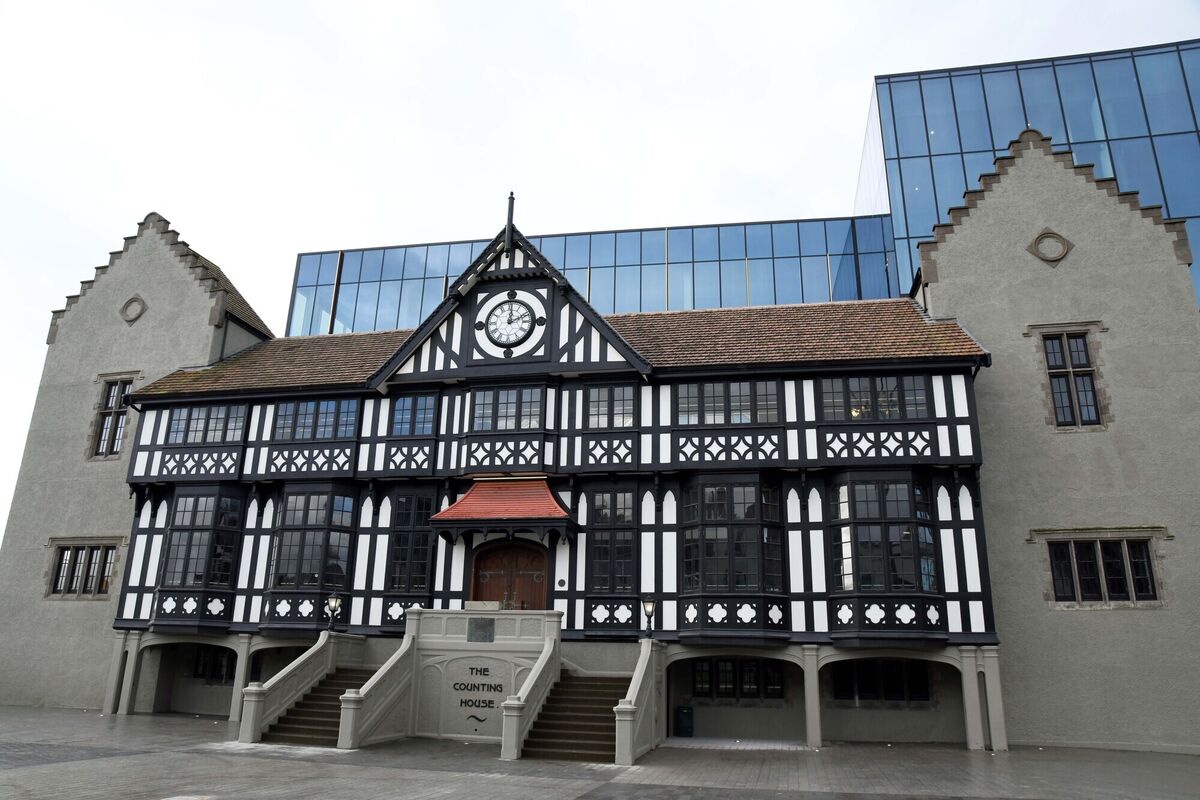
I just want an event centre to be in Cork. I can’t say whether the proposal from that (Marina Market) site is serious or not because we haven’t received it yet, because we are not in the tender process yet, but we are at the start of a procurement process. It will be a fresh one, we are absolutely determined to deliver an event centre in this city, and I suppose we are bolstered in that by a firm statement in the National Development Plan, which is government policy, that the next event centre in this country will be in Cork. So we have to deliver it, and the procurement process will flush out the best proposal.
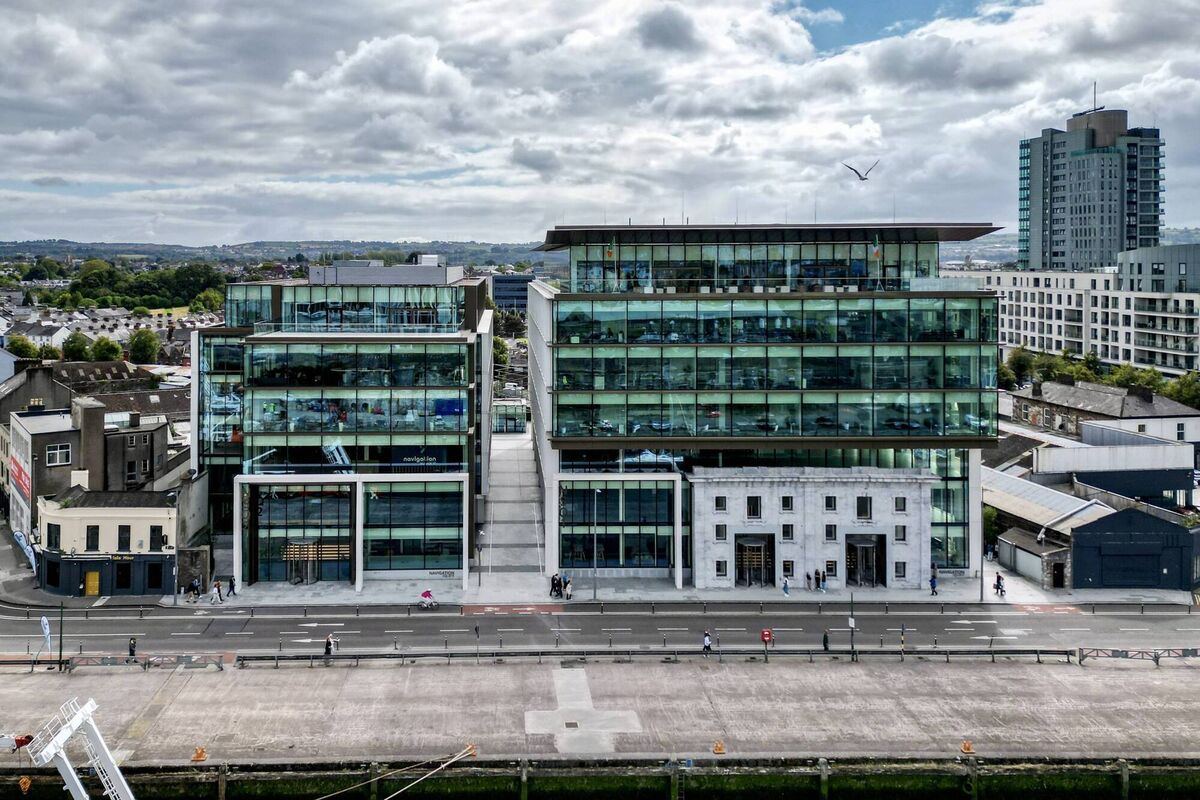
It actually isn’t to do with topography. To justify the provision, by the State, of light rail you have to have a certain level of patronage and the northside doesn’t have it. Not enough people in the northside are looking to access other areas. There are just not sufficient numbers. It’s very easy to have these kind of judgments “it’s happening here but not there”— but there is always a rational and empirical evidence-based reasons why it can’t.
